Generating livelihood opportunities is a vital aspect of the project to ensure the involvement and support of the local community. By creating income security, the project fosters a sense of ownership and long-term sustainability. Labor for restoration is sourced from the local communities, and livelihoods are established through vetiver grass and Non-Timber Forest Produce. Market linkages are established for trees and shrubs used in herbal/Ayurvedic medicine. Additional programs include setting up plant nurseries and composting, as well as creating artifacts from Lantana to support further livelihood opportunities.
The project benefits from partnerships with various knowledge partners and organizations with expertise in the field. These partnerships enhance capacity building, technical know-how, and provide additional support. Technologies such as geotagging, tree inventory management, NDVI satellite imagery, and GIS technology are employed to ensure accountability, transparency, and effective monitoring of the project’s progress and impact.
Monitoring plays a crucial role in ensuring the success of the ecological restoration project. It involves tracking the survival and growth of plants, assessing the impact on biodiversity, analyzing soil quality and microbial content, monitoring biomass production, groundwater levels, and water quality in the Godavari River. Additionally, the quantity of water in the river is assessed, and the income impact on farming and livelihood programs is evaluated. Monitoring the income generated from the restored areas provides valuable insights into the overall progress and success of the project.
Significant progress has already been made through the implementation of various projects. Examples include the Ecological Restoration of Landscape on Commons in Adicha Dongar, Dari, Nashik district, where 100 acres have been restored with 10,000 saplings planted. In Palghar, Raigad district, Regenerative Food Forests on Private Land have been established, covering an area of 63 acres with 40,500 trees, shrubs, and herbs. These projects showcase the commitment and achievements in restoring and rejuvenating the natural landscapes.
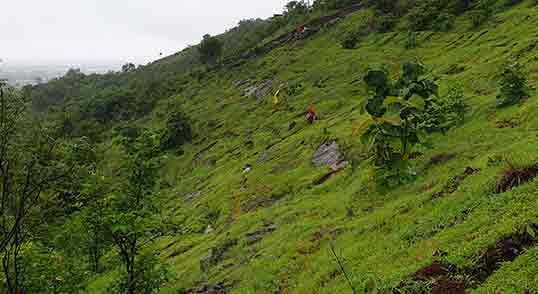
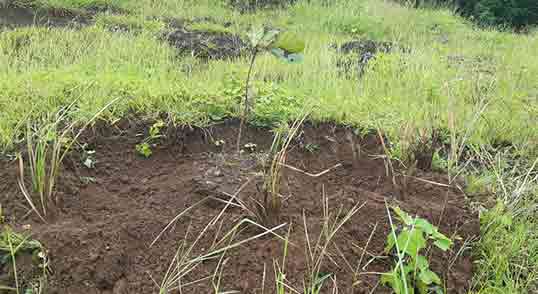
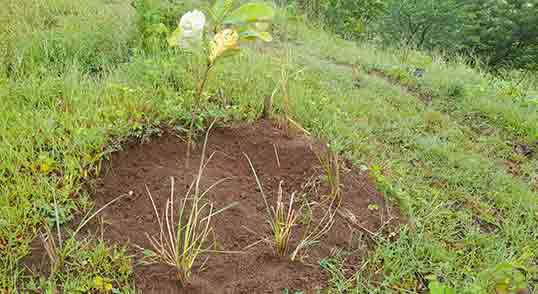
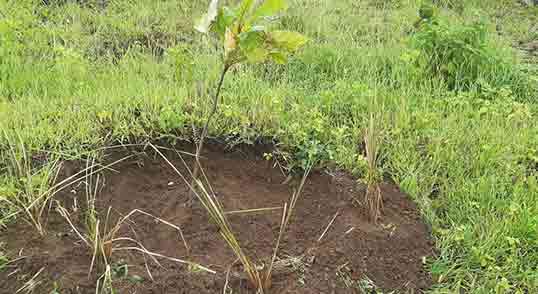
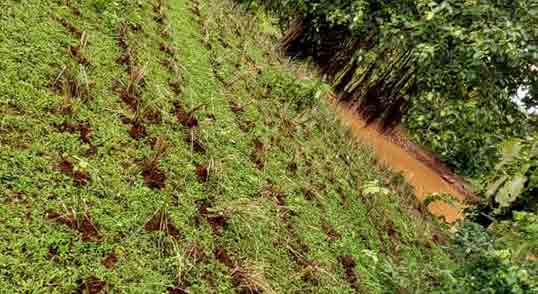
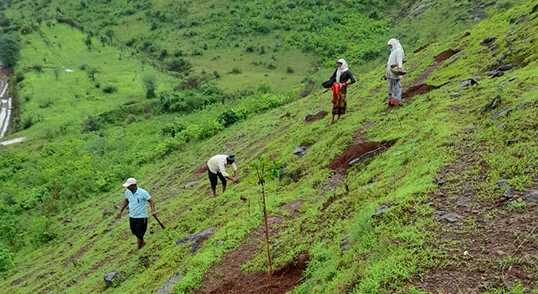
The rejuvenation of the Godavari River offers significant social returns on investment. By improving the quality and quantity of water, the project enhances soil quality, increases biomass, improves biodiversity, controls soil erosion, and increases the water storage capacity of dams. The active involvement and ownership of the village community foster a deep understanding of their natural assets and their value. The social returns include higher income security, improved health due to better water and air quality, adoption of organic farming practices, carbon sequestration, better sanitation with increased water availability, combatting desertification, halting biodiversity loss, and preventing land degradation. Ultimately, the project aims to create climate-resilient and sustainable human settlements.
The rejuvenation of the Godavari River through ecological restoration is a comprehensive and ambitious project aiming to address the environmental stress faced by the river. By implementing measures such as biodiversity conservation, soil and moisture conservation, community engagement, and effective monitoring, the project seeks to restore the river’s health, improve soil quality, enhance biodiversity, and ensure sustainable water resources. With partnerships, technology adoption, and a focus on generating livelihoods, the project is making significant progress towards its long-term goal of restoring the Godavari River and creating a more resilient and sustainable future for the communities it serves.
Subscribe to our Newsletter for Exclusive Insights and Updates!
